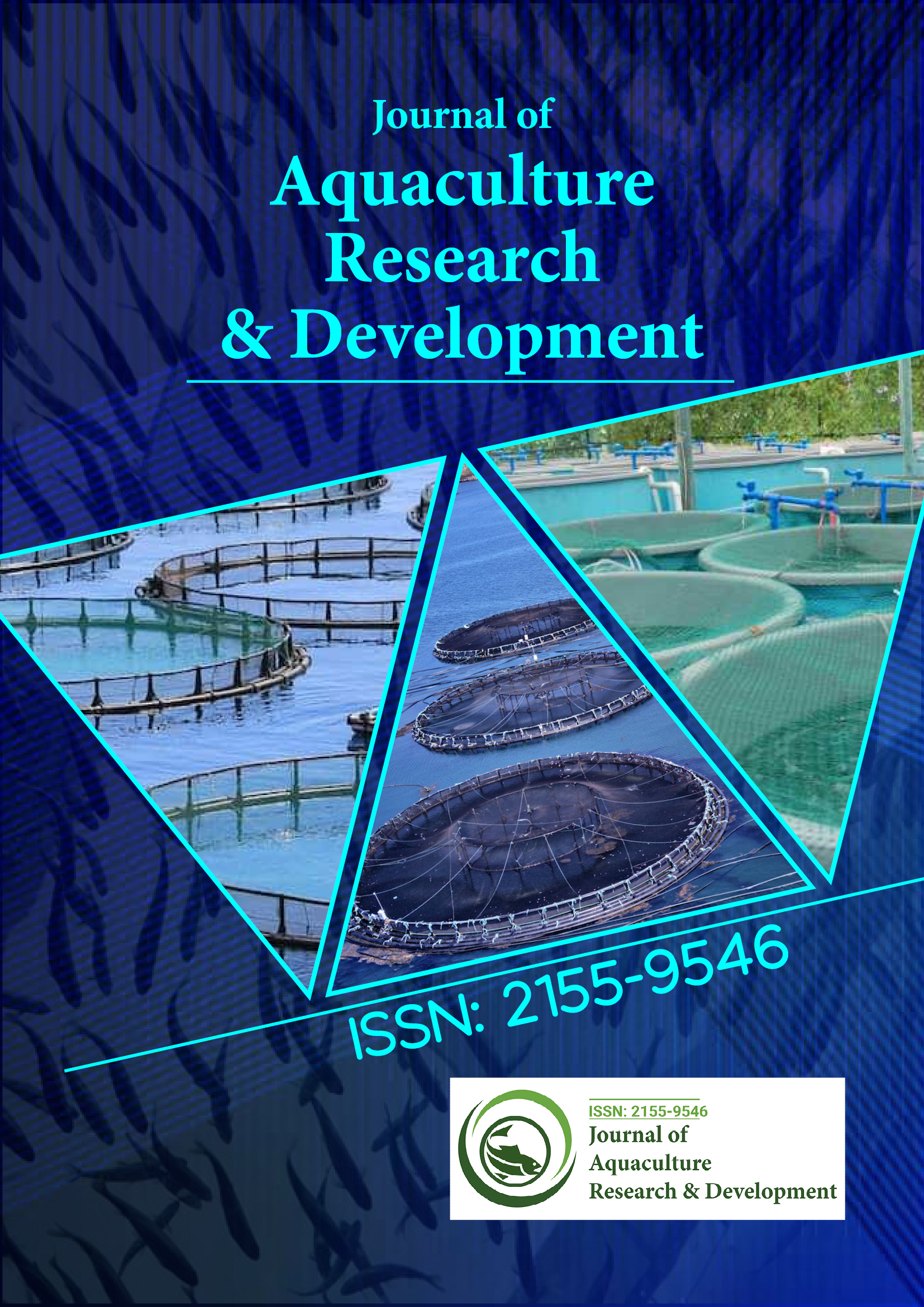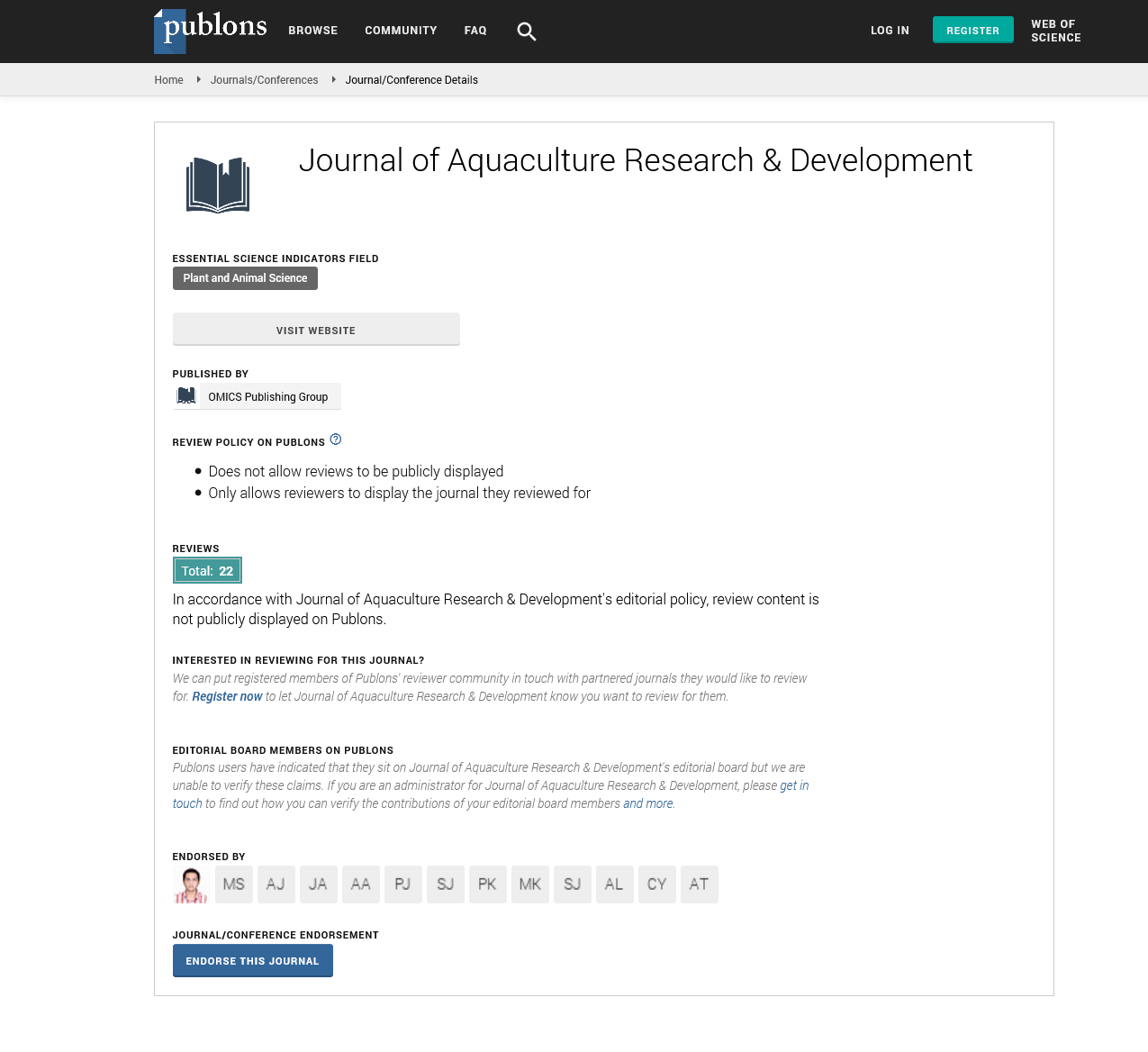Indexed In
- Online Access to Research in the Environment (OARE)
- Open J Gate
- Genamics JournalSeek
- JournalTOCs
- Scimago
- Ulrich's Periodicals Directory
- Access to Global Online Research in Agriculture (AGORA)
- Electronic Journals Library
- Centre for Agriculture and Biosciences International (CABI)
- RefSeek
- Directory of Research Journal Indexing (DRJI)
- Hamdard University
- EBSCO A-Z
- OCLC- WorldCat
- Scholarsteer
- SWB online catalog
- Virtual Library of Biology (vifabio)
- Publons
- MIAR
- University Grants Commission
- Euro Pub
- Google Scholar
Useful Links
Share This Page
Journal Flyer

Open Access Journals
- Agri and Aquaculture
- Biochemistry
- Bioinformatics & Systems Biology
- Business & Management
- Chemistry
- Clinical Sciences
- Engineering
- Food & Nutrition
- General Science
- Genetics & Molecular Biology
- Immunology & Microbiology
- Medical Sciences
- Neuroscience & Psychology
- Nursing & Health Care
- Pharmaceutical Sciences
Perspective - (2025) Volume 16, Issue 1
Optimizing Aquaculture Feed Formulation for Maximum Productivity
Rasal Rai*Received: 04-Dec-2023, Manuscript No. JARD-23-24261; Editor assigned: 06-Dec-2023, Pre QC No. JARD-23-24261; Reviewed: 20-Dec-2023, QC No. JARD-23-24261; Revised: 14-Jan-2025, Manuscript No. JARD-23-24261; Published: 21-Jan-2025, DOI: 10.35248/2155-9546.25.16.947
Introduction
Aquaculture has emerged as a vital player in meeting global seafood demands, yet the industry faces challenges in maintaining fish health and optimizing productivity. Understanding the intricacies of fish physiology at the molecular level is crucial for effective aquaculture management. In this article, we explore the revolutionary field of proteomics and its application in deciphering the molecular complexities of fish health, paving the way for advanced aquaculture productivity management.
Description
Proteomics unraveled
Proteomics is the large-scale study of proteins, the building blocks of life. In the context of fish health and aquaculture, proteomics involves analyzing the complete set of proteins within a biological sample. This comprehensive approach allows researchers to gain insights into the dynamic changes occurring at the molecular level, providing a holistic understanding of fish physiology.
Applications of proteomics in fish health
Disease diagnosis and monitoring:
• Proteomic techniques enable the identification of specific proteins associated with various fish diseases.
• Biomarkers discovered through proteomics can be utilized for early disease detection and monitoring, facilitating prompt intervention.
Stress response studies:
• Aquaculture environments can subject fish to various stressors.
• Proteomic analysis helps uncover the proteins involved in stress responses, aiding in the development of stress-tolerant fish strains.
Nutritional assessment:
• Evaluating the impact of different diets on fish health is essential for optimizing nutrition in aquaculture.
• Proteomics allows for the identification of proteins associated with growth, immune response, and overall nutritional status.
Proteomics and aquaculture productivity
Optimizing feed formulation:
• Proteomic analysis of fish tissues can reveal the nutritional requirements for optimal growth.
• This information assists in formulating feeds with precise protein content, enhancing the overall productivity of aquaculture operations.
Revealing reproductive mechanisms:
• Proteomics contributes to understanding the molecular mechanisms governing reproduction in fish.
• Insights gained from reproductive proteomics aid in the development of strategies to enhance reproductive success, ultimately contributing to increased productivity.
Environmental stress mitigation:
• Proteomics sheds light on how fish respond to environmental stressors, such as changes in temperature or water quality. • This knowledge allows for the implementation of strategies to mitigate stress and maintain optimal productivity levels.
Technological advances in fish proteomics
Mass spectrometry:
• Mass spectrometry is a cornerstone technology in proteomic studies.
• It allows for the identification and quantification of proteins, offering unparalleled sensitivity and accuracy in fish health assessments.
2D gel electrophoresis:
• This traditional technique separates proteins based on charge and size.
• Coupled with mass spectrometry, 2D gel electrophoresis remains a valuable tool for identifying proteins associated with specific health or productivity indicators.
Quantitative proteomics:
• Advances in quantitative proteomics enable the precise measurement of protein abundance.
• This facilitates the identification of key proteins involved in various physiological processes, aiding in targeted interventions for fish health and productivity.
Challenges and future directions
Data integration and interpretation:
• The vast amount of data generated in proteomic studies poses challenges in integration and interpretation.
• Bioinformatics tools play a crucial role in extracting meaningful insights from complex proteomic datasets.
Standardization and reproducibility:
• Achieving consistency and reproducibility in proteomic analyses is essential for meaningful comparisons between studies.
• Standardized protocols and quality control measures are pivotal for advancing the reliability of proteomic findings.
Integration with other omics technologies:
• Combining proteomics with genomics, transcriptomics, and metabolomics enhances the overall understanding of fish biology.
• Integrated omics approaches provide a comprehensive view of the molecular processes governing fish health and productivity.
Conclusion
Proteomics has emerged as a powerful tool in unraveling the mysteries of fish health and optimizing aquaculture productivity. From disease diagnosis to feed formulation and stress mitigation, the applications of proteomics are diverse and impactful. Technological advancements continue to refine our ability to study the fish proteome, opening new avenues for innovation in aquaculture management. As we address the challenges associated with data interpretation and standardization, the future holds great promise for proteomics as a cornerstone in the sustainable development of the aquaculture industry, ensuring both the health of farmed fish and the efficiency of seafood production.
Citation: Rai R (2025) Optimizing Aquaculture Feed Formulation for Maximum Productivity. J Aquac Res Dev. 16:947.
Copyright: © 2025 Rai R. This is an open-access article distributed under the terms of the Creative Commons Attribution License, which permits unrestricted use, distribution, and reproduction in any medium, provided the original author and source are credited

